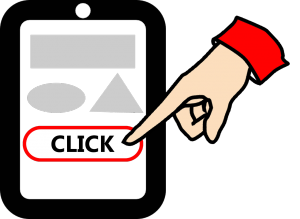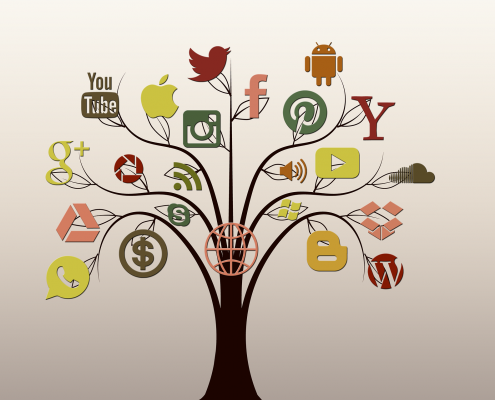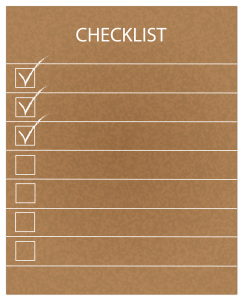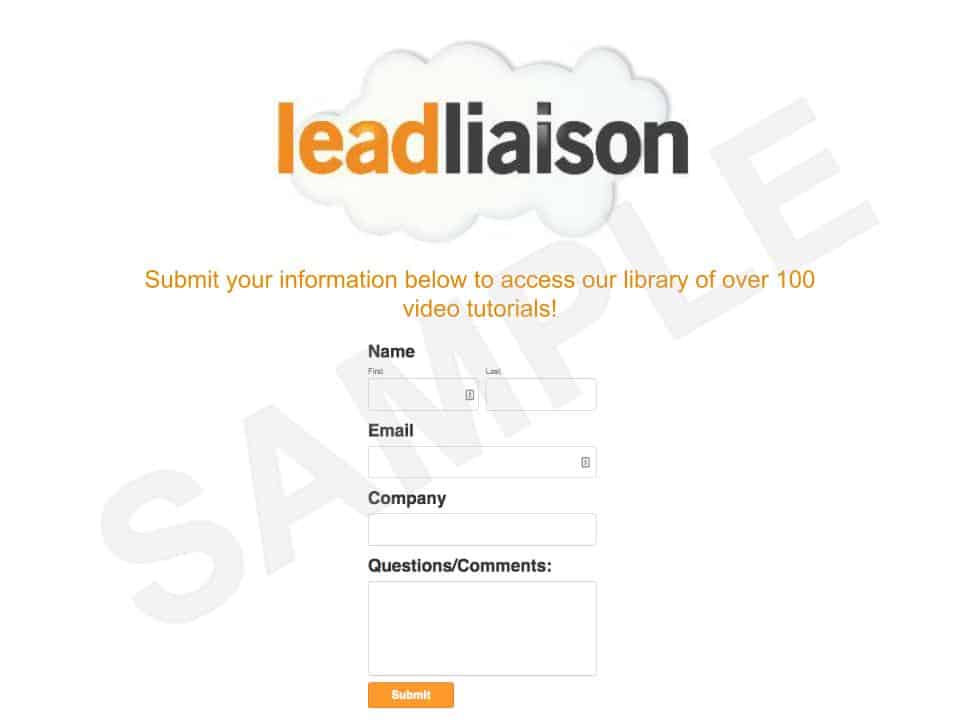Marketing Guru Covers: What to Post on Social Media
It seems like some people have it all figured out when it comes to social media and others are sitting on the sidelines, wishing they could get some “likes” and “shares”. There is a good chance you’re one of the people on the sidelines, but that can change. You just need to know what to post on social media, and you can move up the ranks and become a power user.
Use Images
Visual content is all the rage right now. In fact, social media posts with images have an engagement rate that is 650 percent higher than posts without images. Any kind of image is great, but infographics are the best. There are tons of online resources for creating infographics. Use a resource like Piktochart to build your infographic and then post it on your social media accounts.
Use Videos
Videos are another great way to boost your engagement across the board. Video resonates in a way that the written word doesn’t, so you need to add some video to your social media campaign to make it memorable. There are many ways to do this. Tie your YouTube channel into your social media profiles and use Facebook video. Also, consider adding a Vine account to your Twitter profile. Twitter owns Vine, so it is easy to integrate the two. Then, you can create some short video loops that resonate with users.
Now that you know what to post, let’s look at what you should avoid.
What to Avoid
Constant promotion is the number one mistake that brands make on social media. People want some kind of value from your page. If you can’t provide it, they will go elsewhere and perhaps even unfollow you. You can plug your brand every once in awhile, but only after you provide a lot of value.
You also need to avoid providing the same type of content over and over again. As you know, images and videos are great for your social media strategy. However, don’t post 10 infographics in a row. You have to mix it up.
Your social media presence is very important for your brand. Keep these tips in mind when posting to your accounts. It doesn’t matter if you’re on Twitter, Facebook, Instagram, or one of the other networks. You need a solid strategy if you’re going to move ahead.
See how Lead Liaison’s software helps you manage and track your social media efforts here.










